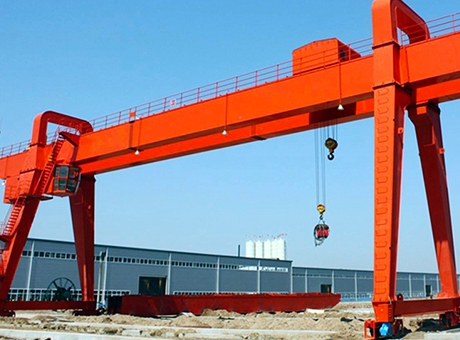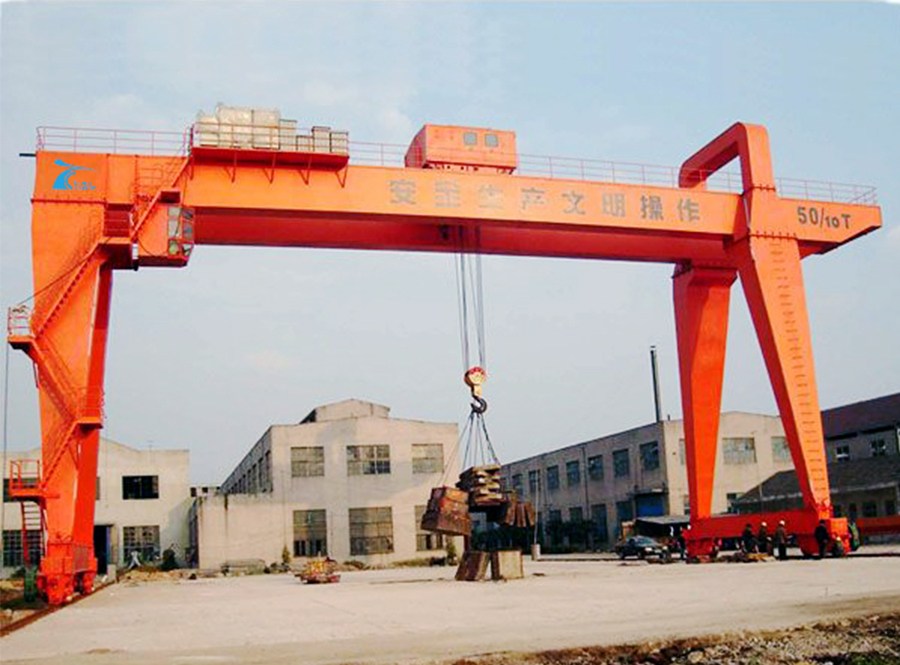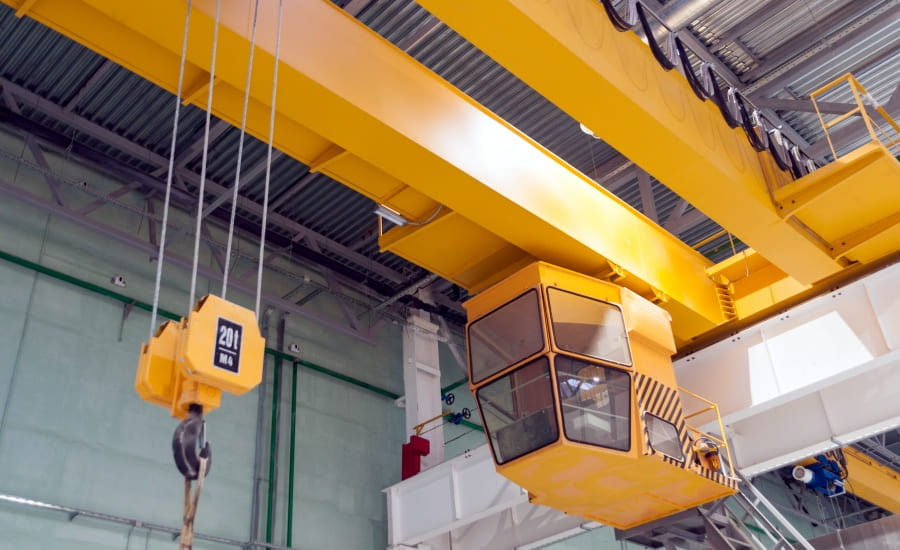Moving a γερανός με ηλεκτρικό ανυψωτικό while it is loaded is generally not recommended and is often against safety regulations. It is important to ensure the safety of personnel and prevent accidents or damage to property by following established guidelines and best practices.
Mobile girder rail gantry are designed to lift and move heavy loads within their specified load capacity. When a gantry crane is loaded, it is crucial to maintain stability, balance, and control during the lifting and moving process. Moving a loaded gantry crane introduces additional risks and challenges that can compromise safety.
Some of the reasons why moving a γερανογέφυρα βαρέως τύπου while loaded is discouraged include:

- Overloading: Moving a gantry crane with a load may exceed its rated capacity, risking structural failure or collapse. The load should be properly secured and within the crane’s safe lifting capacity.
- Stability and Balance: A loaded gantry crane shipping container has a higher center of gravity, making it less stable during movement. Sudden or excessive movements can cause the load to swing, leading to accidents or loss of control.
- Control and Maneuverability: Moving a loaded gantry crane requires precise control and careful maneuvering. The added weight can affect the crane’s responsiveness, making it more challenging to navigate obstacles, turns, or uneven surfaces safely.
- Risk to Personnel: Moving a loaded gantry crane increases the risk of accidents, such as objects falling from the load or collisions with people or structures. The safety of personnel in the vicinity must be a top priority.

It is essential to consult the manufacturer’s guidelines, applicable regulations, and industry best practices regarding the safe operation of gantry cranes. Following proper procedures and ensuring that the crane is unloaded before moving it helps mitigate risks and promotes a safer work environment.





















